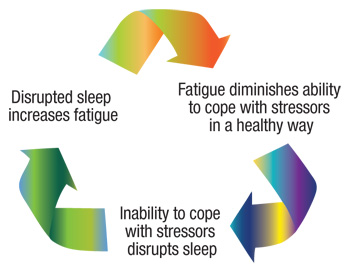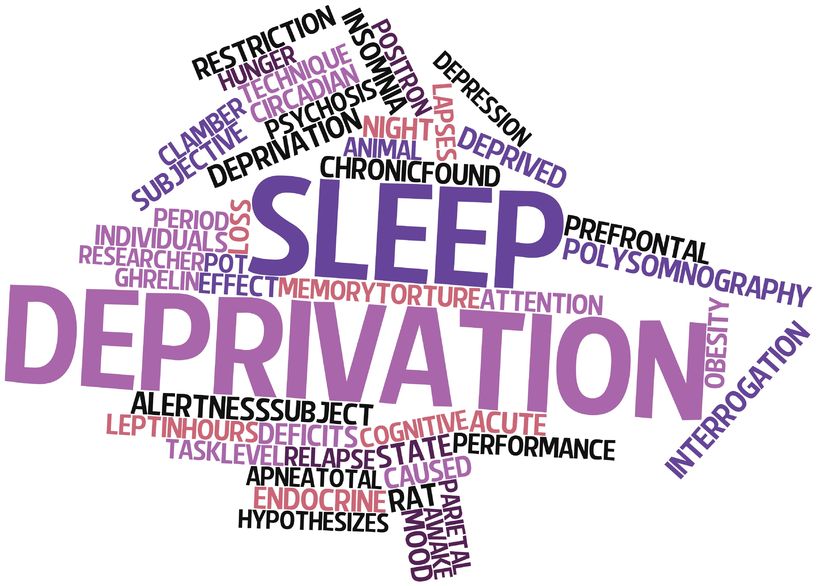10 Surprising Things You Probably Don’t Know About Dreaming

There has been a lot of talk about dreaming, despite no concrete facts as to why we dream and what our dreams mean. That being said, there is so much about dreaming that we don’t know of, or understand. Here are 10 surprising things you probably didn’t know about dreaming.
1. Science on dreaming
There is a fine line between what dream interpretation is and what the study of dreams is. The study of dreams, known as Oneiorology, is more concerned with the mechanisms and factors that cause dreams rather than finding their meaning.
2. Dream Interpretation is an age old profession
Many people mistake dream interpretation with psychological analysis where in fact dream interpretation has been around for over thousands of years. Early evidence of dream interpretation goes back to the 3rd millennium BC, when the Mesopotamian culture flourished. They used to practice dream interpretation regularly, and collect accounts of dreams of royal and prominent figures in their dream books.
3. We all tend to dream the same
A study in 2004 by the Sleep Laboratory from Central Institute of Mental Health in Germany gave 444 participants a ‘Typical Dream Questionnaire’ with 55 general dream patterns. The test results were quite surprising as the researchers revealed:
“The findings indicated that most of the 55 dream themes occurred at least once in most of the participants’ lifetimes. In addition, the correlation coefficients for the rank order of the themes were very high; that is, the relative frequencies were stable.”
4. We all dream about sex
As much as we try to hide it, it is now a concrete fact. A study in 2007 by Antonio Zadra, a renowned psychologist, revealed that 8% of all the reported dreams contain sexual content, for both men and women. Dreams about sexual intercourse are most common, followed by sexual propositions, kissing, and then fantasies.
5. Dreams can be sadistic and scary
Notable psychologist Calvin Hall collected more than 50,000 reports on dreams and found an intriguing pattern that followed them. Most dreams contained thematic patterns that were quite similar, which led to the advent of ‘the Hall/Van De Castle system of dream content analysis. A report on the system suggests:
“All of these studies, incidentally, showed there was more aggression than friendliness, more misfortune than good fortune, and more negative emotion than positive emotion in dream reports from all around the world; when these dream reports were compared to those from industrialized nations, the similarities far outweighed the differences.”
6. Some people don’t dream in colors
It is estimated that around one in eight people have black and white dreams. However, this was not always the case, as early findings from the 20th century suggest that majority of the people had black and white dreams. But during the 60s, that started to change, and a study in Dundee University contributes this change to the advent of color movies and television. However, another study in Dundee suggests that colored dreams where the norm back before television, even the earliest cameras were invented. Intriguing don’t you think?
7. People quitting smoking have more vivid dreams
A study in the Journal of Abnormal Psychology reveals that smokers trying to quit will have at least 1 dream about smoking between the first four weeks. The rapid eye movement (REM) rebound, a fairly misunderstood concept, suggests that people abstaining from different drugs will have more vivid dreams as their rapid eye movement increases.
8. You can become paralyzed during a dream
When we are in a state of REM sleep, our body releases neurotransmitters like histamine, norepinephrine, and serotonin, which are important in stimulating the motor neurons. When they are released, we enter the REM atonia, a condition where our muscles relax to the point that we experience physical paralysis. This paralysis actually helps us in preventing self harm as a reaction to any of the dreams.
9. Other species also experience unconventional brain activity while sleeping
Many of the psychological and rain activity that we experience while sleeping, including the REM sleep and the associated state of mind, is also prevalent in animals, notably birds, mammals, and reptiles.
10. We still have a long way to go to understand dreams
By now you would be wondering you already know it all about dreaming. However, for all the studies and research on REM sleep and other factors affecting dreams, our knowledge of dream mechanisms remains limited. On top of that, there is still no biological definition of dreaming and how it’s associated to our lifestyle.






